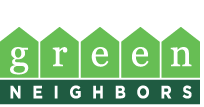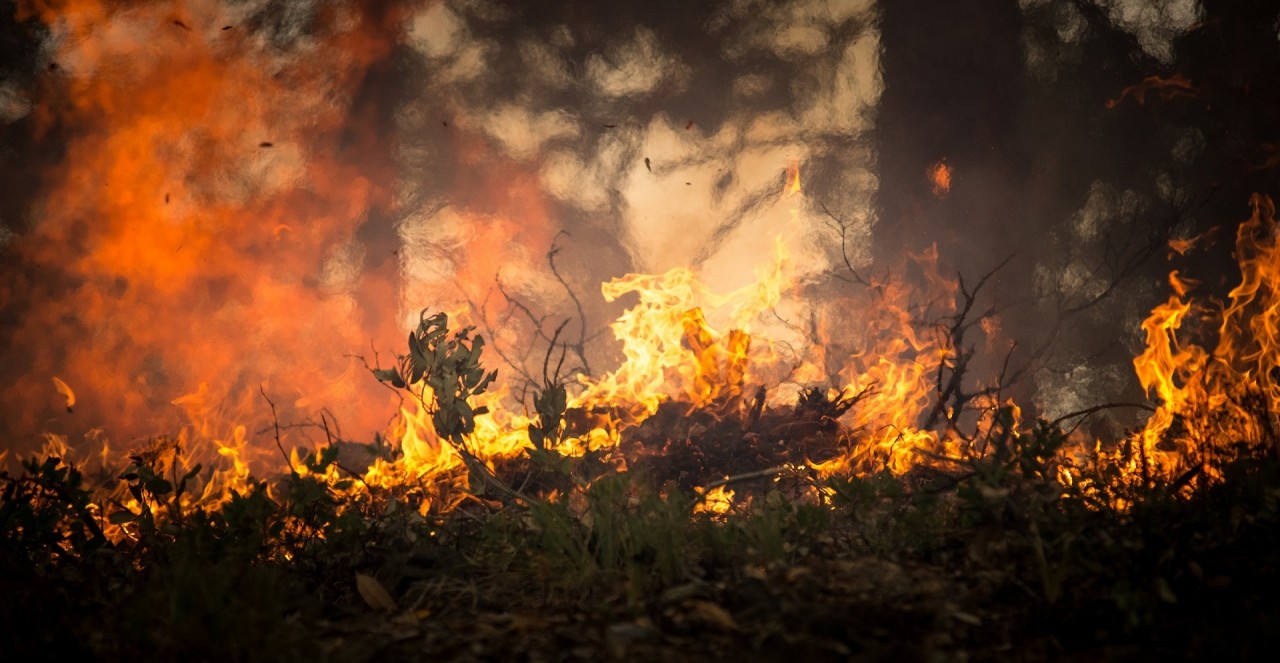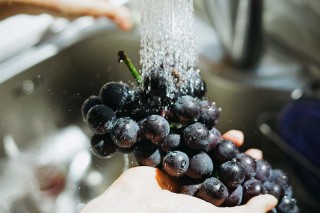Green Blog
Is it safe to eat produce exposed to smoke and ash from wildfires?
With the recent wildfires in Washington, Oregon
There is a scarcity of scientific studies on the risks associated with consuming produce that has been exposed to smoke and ash from wildfires. What is known is that smoke
In general "ash and smoke are unlikely to penetrate fruit and vegetables," according to Brooke Edmunds, associate professor and Extension community horticulturist in the OSU College of Agricultural Science. Still, it is best to take precautions and use common sense when it comes to
Note how much ash collected on your produce and the health of your plant to make a determination.
Here are eight safety tips if you are eating produce that may have been exposed to smoke and ash from wildfires:
- Make sure you are not working in your garden or harvesting produce when the air quality is unhealthy.
You can check the air quality in various locations in Southwest Washington on the Southwest Clean Air Agency website or by downloading any of these reputable air quality apps.
- Don't use a leaf blower to remove ash or soot from plants and your garden; a gentle spray of water from a hose will work.
Try to move ash into ornamental landscaped areas like turf grass or shrubs rather than areas growing edible plants. Wear a face covering while doing activities that may stir ash into the air.
- Rinsing the produce outside first and then again in the kitchen sink will help remove ash and the particulates that accompany it.
- For a more thorough cleaning, soak vegetables and fruits in a 10% white vinegar solution (one teaspoon vinegar to three cups water)
This process can lift soil particles off vegetables like kale, Swiss chard, savoy cabbage and hairy fruit like peaches, apricots and nectarines.
- In addition to rinsing, consider peeling produce like tomatoes, apples and root crops and stripping the outer leaves of lettuces and other greens.
- If structures have burned near where the produce is grown, especially industrial sites where hazardous chemicals may be stored, the produce may not be safe to eat.
Use common sense and play it safe when there is uncertainty. Toss produce in the compost if there is a thick layer of ash, if it was near a structure fire, or if you are otherwise uncomfortable.
- Chickens, as ground feeders, are exposed to chemical deposits from wildfire smoke. If your chickens have been exposed to a very high amount of ash or smoke from wildfires it may be a good idea to get the eggs tested for heavy metals, especially lead.
- Consider testing your soil if you are growing fruits or vegetables very close to burn area of a wildfire, especially if a structure was impacted.
Testing a sample of soil for heavy metals will often cost less than $100.




